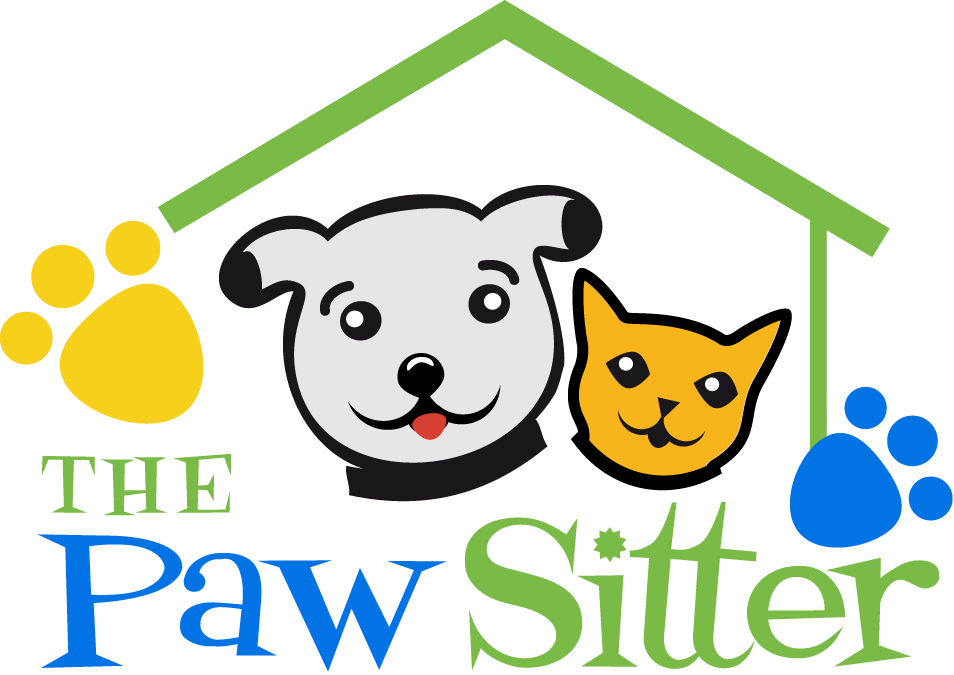Have you heard of “kitty acne?” This is when even the cleanest cat always seems to have a dirty chin – the chin seems to have black flecks in it. This is most often caused by the use of plastic feeding bowls, because as I wrote in part one of this article, those dishes are porous, trap bacteria, and are never reliably clean.
Many years after switching my cats to stainless steel bowls, I realized that they used to have this “acne” and that I hadn’t seen it in a while. I didn’t even realize this big favor I was doing them. A kitty with chin acne should be cured by using ceramic or porcelain food bowls, because those are much less porous and more sanitary than plastic bowls; should the acne persist you might want to switch to stainless steel bowls, but you should also look into your cat’s diet if you feed mostly dry kibble. The oils in the kibble can also clog up kitty’s chin, and a mostly dry kibble diet isn’t the healthiest for any pet, but more on that in another blog post to come.
Now then, while stainless steel bowls are considered the most hygienic for feeding–and are very resistant to rust and corrosion–they do still need to be washed. Here are some tips:
- The best way to do clean your stainless steel is with a soft wash rag or sponge and basic dish soap.
- Avoid cleansers containing bleach; the chloride can induce corrosion.
- Avoid salts for the same reason. Remember NaCl? Sodium Chloride. Yes, your pet’s food might have some salt in it. Just keep ’em clean.
- Rinse soap thoroughly to avoid discoloration from chemical additives.
- If your water has high iron content, make sure you dry after washing. Iron can leave a rusty residue.
- Avoid cleaning with steel wool for the same reason. Like I said before, soap and cloth. Simple.
Thanks to the folks at WetNoz for these tips.


Pingback: » Blog Archive » Is Your Pet’s Food Bowl Creating a Toxic Meal?Go Fetch Gifts Blog - Pet Tips & Articles
Pingback: Furry Friends Rescue Blog » Blog Archive » Pet Bowls – Are Yours Safe?
I have a cat and this has been happening for some time, I have never gotten an answer but just happend to stumble acorss your article on the net. I’m going to go and buy a stainless steel bowl tomorrow and see if this makes a difference. I never even considered that this might be the cause. Thanks so much for your insightful article and I’ll keep you posted on the outcome
We have been having this problem for some time. I am really glad I got a chance to read this.
Thank you so much.